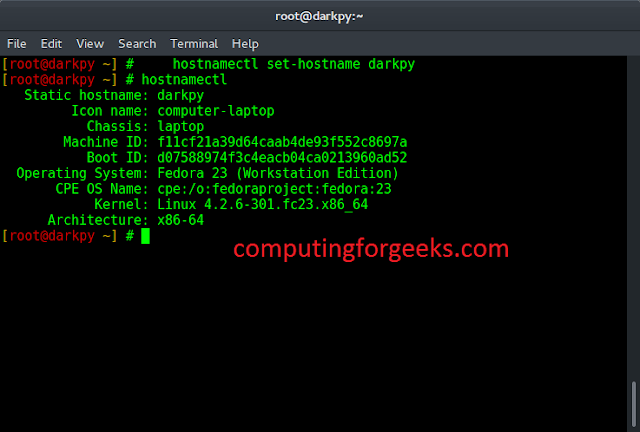Given an array arr[], the task is to find the length of the longest subsequence of the array arr[] such that all adjacent elements in the subsequence are different.
Examples:
Input: arr[] = {4, 2, 3, 4, 3}
Output: 5
Explanation:
The longest subsequence where no two adjacent elements are equal is {4, 2, 3, 4, 3}. Length of the subsequence is 5.Input: arr[] = {7, 8, 1, 2, 2, 5, 5, 1}
Output: 6
Explanation: Longest subsequence where no two adjacent elements are equal is {7, 8, 1, 2, 5, 1}. Length of the subsequence is 5.
Naive Approach: The simplest approach is to generate all possible subsequence of the given array and print the maximum length of that subsequence having all adjacent elements different.
Time Complexity: O(2N)
Auxiliary Space: O(1)
Efficient Approach: Follow the steps below to solve the problem:
- Initialize count to 1 to store the length of the longest subsequence.
- Traverse the array over the indices [1, N – 1] and for each element, check if the current element is equal to the previous element or not. If found to be not equal, then increment count by 1.
- After completing the above steps, print the value of count as the maximum possible length of subsequence.
Below is the implementation of the above approach:
C++
// C++ program for the above approach#include <bits/stdc++.h>using namespace std;// Function that finds the length of// longest subsequence having different// adjacent elementsvoid longestSubsequence(int arr[], int N){ // Stores the length of the // longest subsequence int count = 1; // Traverse the array for (int i = 1; i < N; i++) { // If previous and current // element are not same if (arr[i] != arr[i - 1]) { // Increment the count count++; } } // Print the maximum length cout << count << endl;}// Driver Codeint main(){ int arr[] = { 7, 8, 1, 2, 2, 5, 5, 1 }; // Size of Array int N = sizeof(arr) / sizeof(arr[0]); // Function Call longestSubsequence(arr, N); return 0;} |
Java
// Java program for the // above approachimport java.util.*;class GFG{ // Function that finds the length of// longest subsequence having different// adjacent elementsstatic void longestSubsequence(int arr[], int N){ // Stores the length of the // longest subsequence int count = 1; // Traverse the array for (int i = 1; i < N; i++) { // If previous and current // element are not same if (arr[i] != arr[i - 1]) { // Increment the count count++; } } // Print the maximum length System.out.println(count);}// Driver Codepublic static void main(String args[]){ int arr[] = {7, 8, 1, 2, 2, 5, 5, 1}; // Size of Array int N = arr.length; // Function Call longestSubsequence(arr, N);}}// This code is contributed by bgangwar59 |
Python3
# Python3 program for the above approach# Function that finds the length of# longest subsequence having different# adjacent elementsdef longestSubsequence(arr, N): # Stores the length of the # longest subsequence count = 1 # Traverse the array for i in range(1, N, 1): # If previous and current # element are not same if (arr[i] != arr[i - 1]): # Increment the count count += 1 # Print the maximum length print(count)# Driver Codeif __name__ == '__main__': arr = [ 7, 8, 1, 2, 2, 5, 5, 1 ] # Size of Array N = len(arr) # Function Call longestSubsequence(arr, N)# This code is contributed by ipg2016107 |
C#
// C# program for the // above approachusing System; class GFG{ // Function that finds the length of// longest subsequence having different// adjacent elementsstatic void longestSubsequence(int[] arr, int N){ // Stores the length of the // longest subsequence int count = 1; // Traverse the array for(int i = 1; i < N; i++) { // If previous and current // element are not same if (arr[i] != arr[i - 1]) { // Increment the count count++; } } // Print the maximum length Console.WriteLine(count);} // Driver Codepublic static void Main(){ int[] arr = { 7, 8, 1, 2, 2, 5, 5, 1 }; // Size of Array int N = arr.Length; // Function Call longestSubsequence(arr, N);}}// This code is contributed by susmitakundugoaldanga |
Javascript
<script>// JavaScript program to implement// the above approach// Function that finds the length of// longest subsequence having different// adjacent elementsfunction longestSubsequence(arr, N){ // Stores the length of the // longest subsequence let count = 1; // Traverse the array for (let i = 1; i < N; i++) { // If previous and current // element are not same if (arr[i] != arr[i - 1]) { // Increment the count count++; } } // Print the maximum length document.write(count);}// Driver Code let arr = [7, 8, 1, 2, 2, 5, 5, 1]; // Size of Array let N = arr.length; // Function Call longestSubsequence(arr, N); </script> |
6
Time Complexity: O(N)
Auxiliary Space: O(1)
Ready to dive in? Explore our Free Demo Content and join our DSA course, trusted by over 100,000 neveropen!




